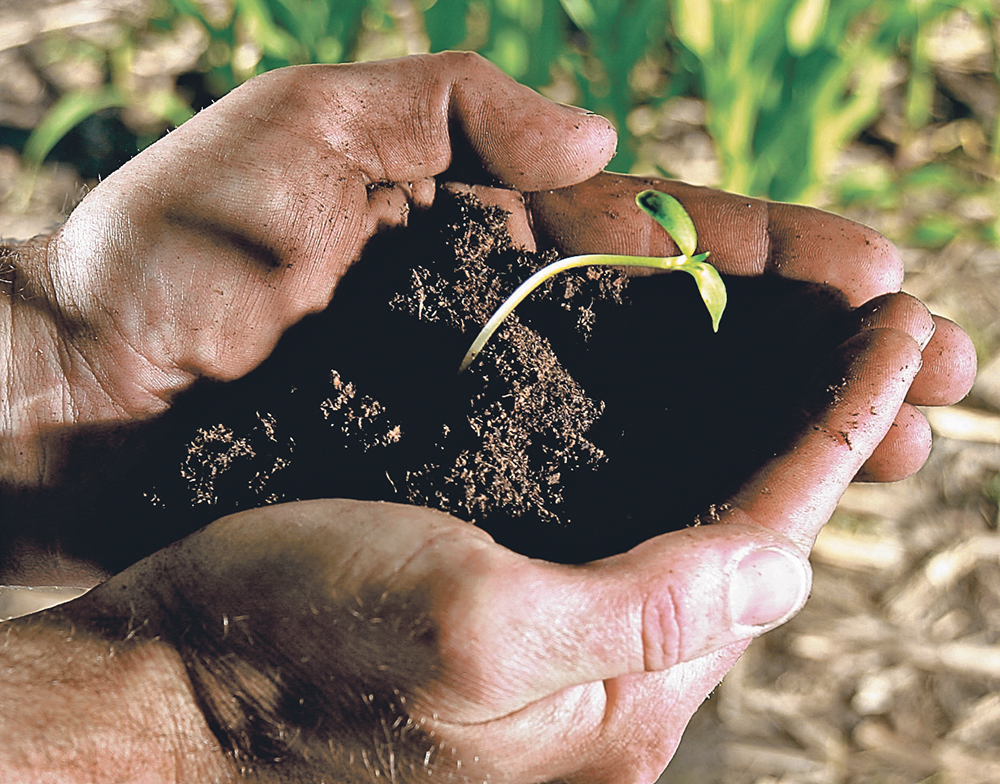The availability of labour is critical in determining the long-term growth and profitability of Canadian agriculture.
The ongoing viability of many farm businesses will be determined by labour. Farms, rural communities, value-added processing, and key support sectors like transportation, are all struggling to find and keep staff.
This is not a new story, but the problem is growing and must become a primary policy focus for industry and governments alike.
The causes of the agricultural labour shortage are many. At the beginning is a shrinking rural population and a reduction in the number of farm family members wanting to carry on in the business.
Read Also

Higher farmland taxes for investors could solve two problems
The highest education and health care land tax would be for landlords, including investment companies, with no family ties to the land.
Combine this with difficulties experienced by all parts of the value chain in convincing urban Canadians to take on jobs that are often located in rural Canada and which are often, erroneously, viewed as unskilled. Accessing foreign workers in a timely manner is complicated, challenging, and often out of the reach of many independent agricultural operations.
How critical is the situation? Work by the Canadian Agricultural Human Resource Council shows that more than 40 percent of farm operations indicated they did not have sufficient staff in 2020. That number is even higher for hog farmers, with more than 50 percent of pork producers not being able to fill all the positions they need.
CAHRC reports indicate that in 2017 labour shortages cost agriculture $2.9 billion in lost revenues. Across the country the demand for agriculture employment exceeds what the domestic workforce can fill. By 2029 it is projected that the industry will be short 123,000 people.
The availability of skilled labour extends beyond the farmgate to include specialists, like large-animal veterinarians and the technical support they need to run their practices. Challenges in recognizing foreign credentials are limiting our ability to support this critical labour pool.
To address this labour crunch all of agriculture needs to face the problem together. Frictions between sectors or within value chains will result in overall policy failure. Agriculture needs to deliver a unified message to federal, provincial and municipal governments on the need for practical solutions.
We also need to get beyond the perception that agriculture employment means just hewing wood and drawing water. Today’s agriculture industry is seeking people to fill careers, not just jobs. We need to work together to better inform those entering our universities and colleges about the skilled and diverse opportunities agriculture has to offer. Agriculture today is on the cutting edge of genetics, nutritional sciences, health of animals, environmental sciences, international marketing, and more.
The private sector needs to work with government and our education institutions to build the technical training programs that are needed to fill the growing labour gap. This programming needs to be made available to Canadians as well as potential immigrants.
Increased engagement by Canadians must be part of the solution. We must explore ways to remove barriers to participation in the sector by those who are underrepresented in our industry. For example, we should be exploring opportunities to forge partnerships with organizations that represent women, youth, Indigenous communities, and others who may not view agriculture as a viable career choice.
We must become more creative in our business practices in areas like flexible work hours and accessible childcare.
Agriculture’s labour gap means the industry needs to look beyond our borders for staff, yet rules and regulations impede the recruitment of foreign workers. Can we be more innovative in meeting the needs of both immigrants and employers?
There are signs that the seriousness of the crisis has been recognized. At a recent meeting, federal, provincial and territorial agriculture ministers set labour attraction and retention, training, and automation as priority areas for the next agriculture policy framework. We are also seeing agriculture representatives reach across sectors to help resolve the issue in a co-operative way.
We must develop collaborative and unified action if we are going to resolve one of the greatest barriers to modern agricultural growth and development.
Cam Dahl is General Manager of the Manitoba Pork Council.















